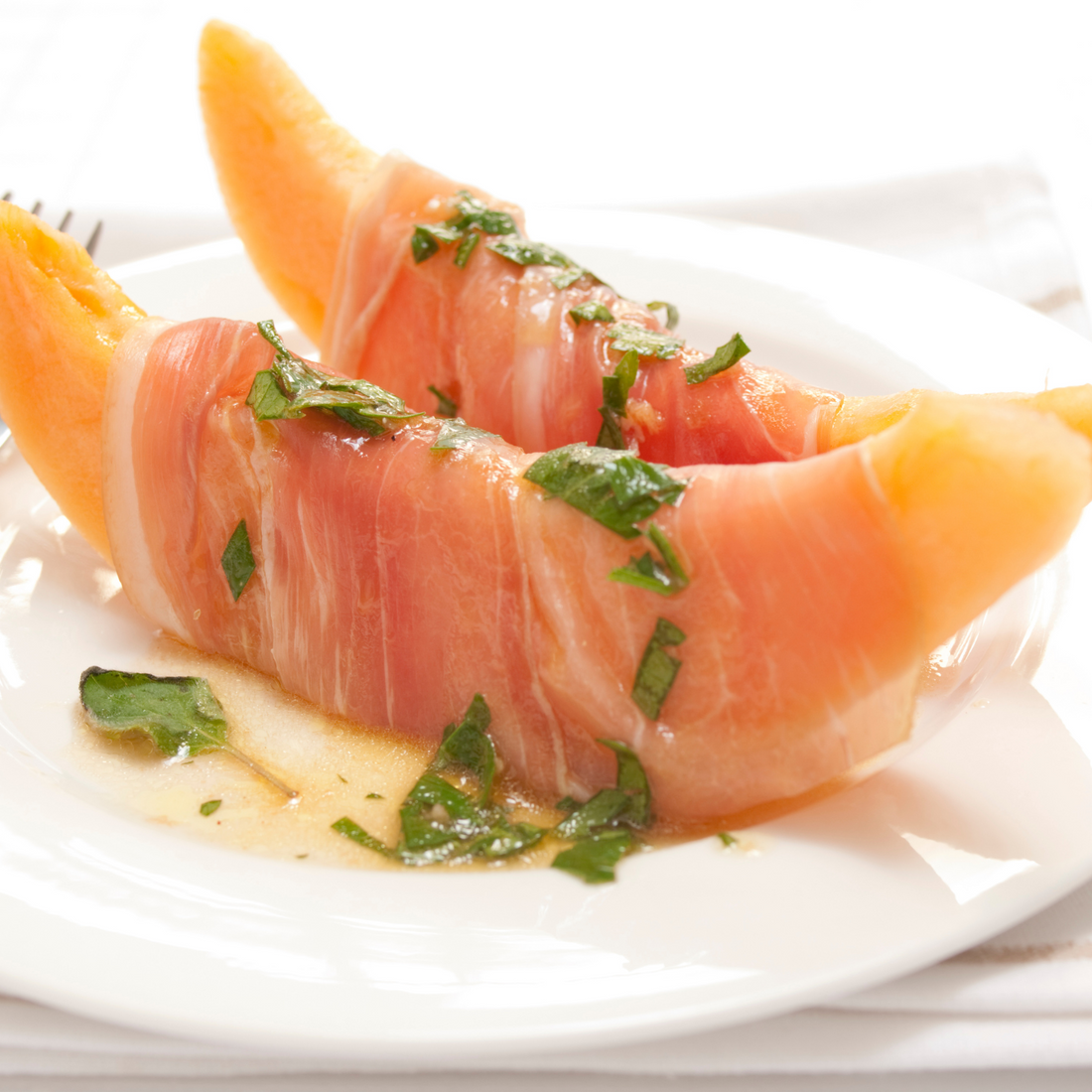
The Science of Flavor: What Makes Ham So Irresistible?
Share
Ham is a food that has captivated taste buds for centuries, celebrated for its rich, savory flavor and versatility in the kitchen. But what is it about ham that makes it so irresistible? The answer lies in a fascinating blend of science, tradition, and culinary artistry. In this exploration, we’ll uncover the secrets behind the flavors in ham and why they hold such strong appeal.
1. The Maillard Reaction: The Foundation of Flavor
One of the key processes that contributes to ham’s delicious flavor is the Maillard Reaction, a chemical reaction that occurs when proteins and sugars in the meat are exposed to heat. This reaction is responsible for the browning of the ham’s surface and the development of complex, savory flavors that are often described as meaty, nutty, or even slightly sweet.
During the Maillard Reaction, hundreds of different flavor compounds are created, each contributing to the depth and richness of the ham’s taste. This is why the outer crust of a baked or roasted ham is often the most flavorful part, as it has undergone more intense browning.
2. The Role of Salt in Curing
Salt is a crucial ingredient in the production of ham, not just for preservation but also for flavor development. In the curing process, salt draws moisture out of the meat, concentrating its flavors. It also interacts with the proteins in the ham, leading to the breakdown of muscle fibers and the creation of a tender texture.
But salt does more than just enhance the meat’s texture—it also plays a vital role in flavor perception. Salt balances and enhances the natural flavors of ham, bringing out its savory qualities while reducing any bitterness. This is why well-cured ham often has a rich, umami flavor that is both satisfying and addictive.
3. The Power of Umami
Speaking of umami, it’s one of the five basic tastes, along with sweet, sour, bitter, and salty. Often described as a savory or meaty taste, umami is a key reason why ham is so appealing. This taste is primarily due to the presence of glutamates—naturally occurring compounds found in high-protein foods like ham.
When we eat ham, the glutamates stimulate our taste receptors, creating a sense of fullness and satisfaction. This umami flavor is especially pronounced in aged or cured hams, where the concentration of glutamates is higher due to the breakdown of proteins during the curing process.
4. Fat: The Flavor Carrier
Fat is another critical component that contributes to the irresistible flavor of ham. In addition to adding richness, fat acts as a carrier for flavor compounds, helping to distribute them evenly throughout the meat. This is why ham with a higher fat content often has a more intense and lingering flavor.
Moreover, fat provides a smooth, creamy mouthfeel that enhances the overall eating experience. The way fat melts in your mouth releases flavors gradually, allowing you to savor the ham’s taste long after you’ve taken a bite.
5. Aging and Fermentation: Enhancing Complexity
The aging process is a significant factor in developing the complex flavors of high-quality ham. During aging, enzymes in the meat break down proteins and fats into smaller molecules, which contribute to a more concentrated and nuanced flavor profile.
In some types of ham, such as Prosciutto di Parma or Jamón Ibérico, fermentation also plays a role in flavor development. Beneficial bacteria and yeasts naturally present on the ham’s surface contribute to the development of unique flavors, adding depth and complexity that can’t be replicated through simple cooking methods.
6. Aroma: The Final Touch
Flavor is not just about taste—aroma plays a crucial role in how we perceive food. The smell of ham, rich with smoky, savory notes, prepares our taste buds and enhances our overall enjoyment of the meat.
The aroma compounds in ham are released when the meat is heated or chewed, allowing us to experience a full spectrum of flavors. This is why the scent of a ham baking in the oven is so tantalizing—it activates our senses and builds anticipation for the delicious meal to come.
Conclusion
The irresistible flavor of ham is the result of a complex interplay of science and tradition. From the Maillard Reaction to the role of umami and the importance of fat, every element contributes to creating the rich, satisfying taste that ham is known for. Whether enjoyed on its own or as part of a dish, ham’s unique flavor profile is what makes it a beloved food around the world. Understanding the science behind its appeal only deepens our appreciation for this culinary classic.
